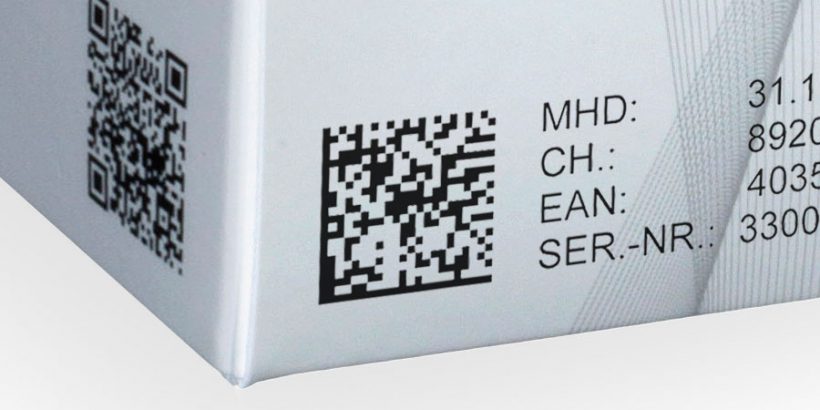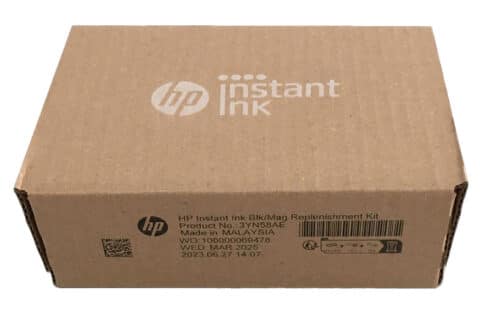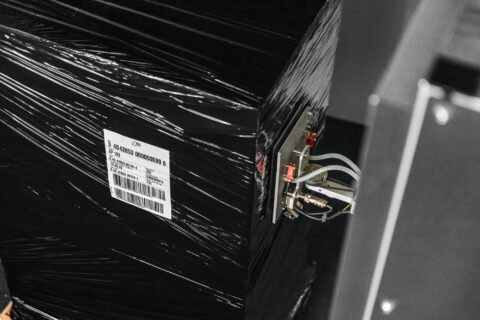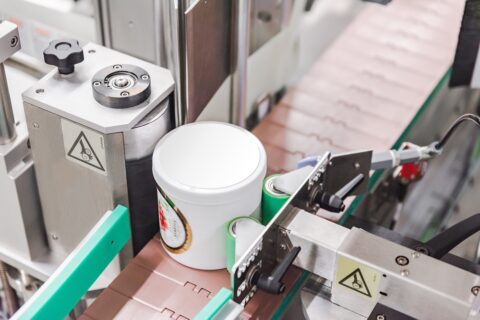
In retail, supermarket, factory and distribution centres: barcodes are everywhere. In commerce, industry and logistics, barcodes and data matrix codes are used to record and process data electronically. In this blog post, we explain you the advantages of these codes compared to traditional barcodes!
Data matrix code, barcode, barcode, QR code – what are the differences?
There are different types of barcodes. They can be divided into one-dimensional barcodes (1D) and two-dimensional barcodes (2D). One-dimensional barcodes such as e.g. classic EAN barcode consist of different widths, parallel lines and gaps. This is why they are also called barcodes.
Like QR codes, data matrix codes are 2D barcodes. They encode data in the form of a two-way area. The data matrix code consists of black and white boxes in a square or rectangular arrangement.
But what advantages do they have? And are they basically “better” than a classic barcode? This is how you find out!
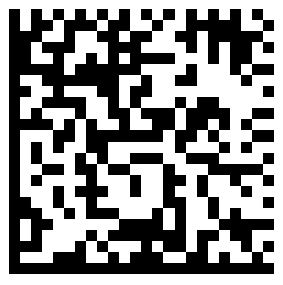
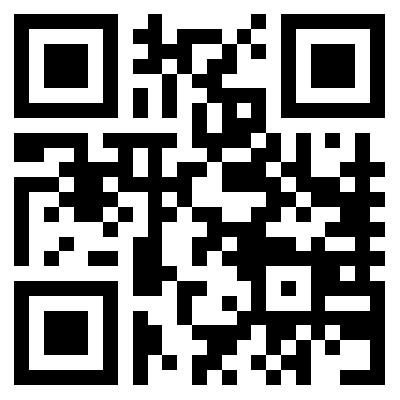
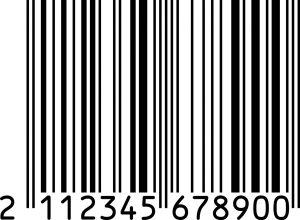
| Data Matrix Code | QR-Code | Classic barcode |
| Product information | Extra product information | Product Information |
| Marking of parts | Manual | Tracing through supply chain |
| Protection against fraud | Hyperlinks (recept, parts) | |
| Serialisation | Ads | |
| Tracing through supply chain | Gamification | |
| Sharing on social media |
Data matrix code benefits
- Less space due to higher data density
- Lower resolution is enough for scan readability
- Readable in any position (0-360°)
- Error tolerance of up to 30%
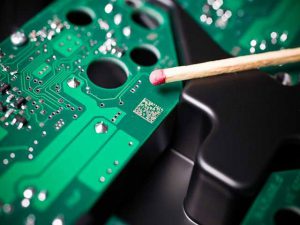
Data matrix code can encode a large amount of information using less space than classic barcodes.
Users can save on consumables, such as labels or ink. In addition, it is suitable for very small products or round surfaces where other barcodes reach their maximum dimensions.
In some cases, data matrix codes are so small and discrete that they are barely noticed by consumers. Basically, the size is limited almost only by the printer used. For example, data matrix codes can be printed with label printers or inkjet printers.
Even with the necessary contrast, they are less complicated. While barcodes require a high resolution of at least 80% for the scanner, with data matrix codes even a contrast of only 20% may be sufficient. This also results in increased options when using colours or colour combinations, which incidentally are common sources of error in barcodes.

Ideally, data matrix codes are read using a vision system. The code is read in both directions as soon as it is captured by the camera lens – the direction does not matter, it can be read in either direction.
Data matrix codes also provide an internal error detection process. Its powerful algorithms enable automatic error correction even if up to 30% of the code area is destroyed.
The possible disadvantages of data matrix code
Data matrix codes cannot be read with conventional one-dimensional barcode scanners, which only capture linear lines. Special camera scanners are used instead.
They can be more expensive in some applications. This has to be considered. But such a vision system can also read conventional 1D barcodes, so that may be an attraction factor for buying this newer technology.
All types of codes at once
Data matrix codes are increasingly visible and are gaining ground from barcodes. Bar codes have the disadvantage of being linear and larger than data matrix codes. Data matrix codes have a more powerful algorithm that allows them to still be read when damaged up to 30%.
Meanwhile, we see the rise of data matrix codes within the food and pharmaceutical industries. And 2D codes are also used within logistics.
Want to know which code is better for your process?
Contact ons!

